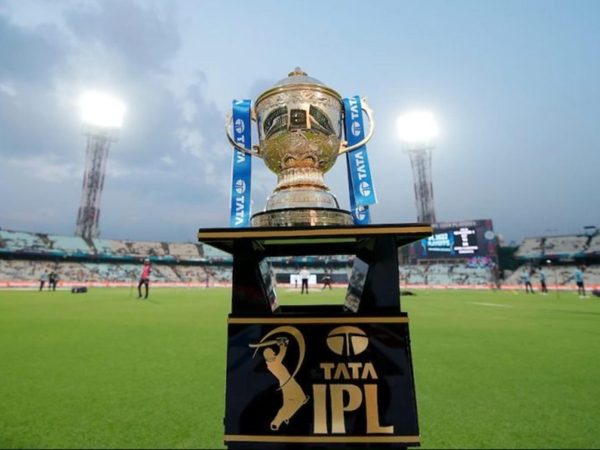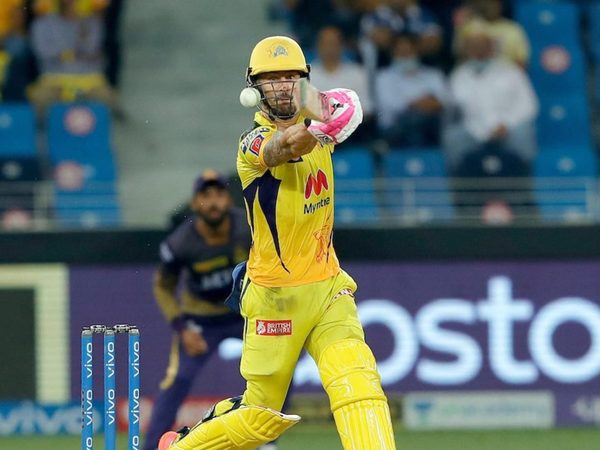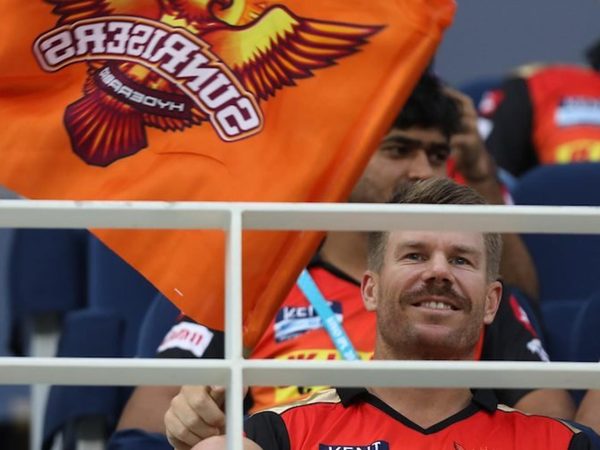
The lack of subtlety in David Warner’s very public demotion perfectly represents how the season has gone for SRH so far, but the decision could work in their favour, if they do it right, writes Aadya Sharma
Subscribe to the Wisden Cricket YouTube channel for post-match awards, player interviews, analysis and much more.
Against CSK on Wednesday, David Warner made his 50th IPL fifty. In the process, he became only the fourth player to cross 10,000 T20 runs, and the knock contained two sixes, one of which was his 200th in IPL.
But if those numbers serve to highlight the Australians status as one of the greatest to have graced the shortest format, the nature of the innings, a glacial, 55-ball 57, meant any personal milestones would have been the last thing on his mind.
By the end of the night, SRH had slid to their fifth loss in six games. Here’s a team that has been part of the playoffs every season since 2016. It’s a wildly uncharacteristic year, and it’s since become even more bizarre after SRH announced that Warner would be replaced by Kane Williamson as skipper for the rest of the season, and also that they would be “changing their overseas combination” for the next game.
It’s an unceremonious exit for the man who has driven the franchise to new heights. But though the mover is shocking, it could be just what they need to unlock their overall team balance.
Why Warner had to go
Warner is rightly rated as one of the greatest overseas batsmen in IPL history. His ascension to the captaincy in 2015 coincided with SRH’s golden period, with him winning the Orange Cap in three separate years, and the team qualifying for the playoffs in every season from 2016-2020.
However, his poor trot extends back past the current tournament to Australia’s home summer, and his lack of form has been damaging for a few reasons. Long, slow innings are the most harmful thing a batsman can do, far more so than a few low scores, and SRH already have an overseas clog in the top order. Jonny Bairstow remains one of the best white-ball batsmen in the world, while Kane Williamson has adeptly honed his Test technique to make himself a hugely capable T20 operator, meaning neither can be left out. With a change of some sort required, axing Warner quickly becomes the only option.
Enter Jason Roy?
Even though Warner has four 30-plus scores in six innings this year, the skipper has ended with a strike-rate of 110-plus only once. It’s an issue that has been masked by SRH’s concerns in other departments.
Their top-order starts have been steady, but the knock-on effect of Warner’s slow beginnings have piled up the pressure on SRH in the middle overs – according to CricViz, SRH (6.40) have the lowest run-rate and balls per boundary (15.6) this year. A change in the top order could have a knock-on impact throughout the line-up.
For a batsman of his calibre, it’s initially surprising that Jason Roy has played just eight games in his IPL career. Wicketkeepers and all-rounders get higher preference, giving little space for an overseas batsman to take up the opening spot, but the Englishman is a World Cup winner and played a key role both in that campaign and in England’s march to the 2016 World T20 final. His returns can be inconsistent, but his attacking intent atop the order could be exactly what a listing team needs to jolt into gear.
The move to include Roy as a replacement for Mitchell Marsh was met with plenty of questions – with a top-order as heavy as SRH, many wondered if he’d get any game time at all. Now, Roy, hungry for game time, could combine with Bairstow to make a dream pairing, bringing much-needed freshness at the top.
Mohammad Nabi might finally get a long run
While Rashid Khan has been his usual, impressive self, the rest of the spin attack hasn’t done enough to support him. Abhishek Sharma and J Suchith have been used as powerplay bowlers, but the pair, along with Shahbaz Nadeem, the third Indian spinner in the set-up, have only picked up three wickets in six matches combined.
For the second consecutive season, Nabi, a quality T20 player, has been hard done by SRH’s overseas slots. He has played one game this year, picking up two wickets, but was benched once Williamson found a spot.
Now, with another overseas spot opening, Nabi is back in the reckoning. Beyond his spin-bowling, Nabi also gives SRH’s batting some welcome punch in the middle order. Neither of Vijay Shankar, Abdul Samad, Kedar Jadhav, Virat Singh or Abhishek Sharma, the bulk of SRH’s middle order, have scored more than 28 in an innings so far this season. They have also hit a total of six sixes in 13 innings combined. In 2019, the last time Nabi got more than one game in a season, he hit seven sixes in eight innings.
It isn’t just about Roy or Nabi
Sunrisers’ problems won’t suddenly vanish with Warner’s disappearance. There are some deep-rooted issues, arising from a combination of bad tactical decisions and the absence of players due to injuries. If Warner sits out for the majority of the season, SRH have a chance to carefully assess their overseas balance. There’s Jason Holder, who can help bring more bite to a bowling attack already missing Bhuvneshwar Kumar and T Natarajan. There’s Mujeeb Ur Rahman, who could take up the role of a J Suchith or an Abhishek Sharma in the powerplay by being an attacking, wicket-taking option.
Five losses in six games might sound like curtains already, but the IPL has seen teams make dramatic turnarounds from such positions. It’s a clean slate: a new captain, a rejigged top order, and the inclusion of another overseas combination. If they do it right, SRH might just about manage a comeback as dramatic as their captain’s sacking.








